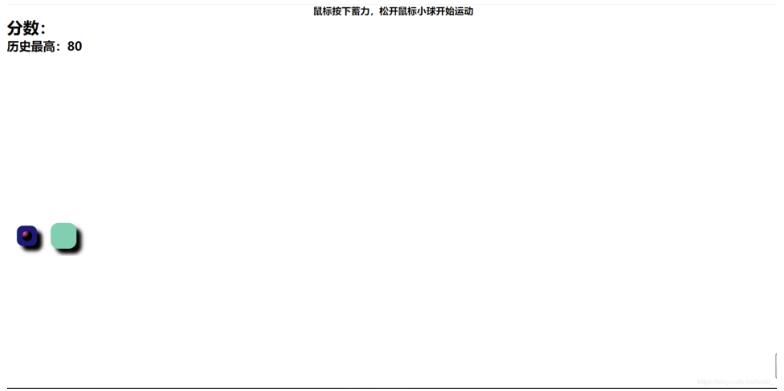Python調(diào)用系統(tǒng)命令os.system()和os.popen()的實現(xiàn)
作為一門腳本語言,寫腳本時執(zhí)行系統(tǒng)命令可以說很常見了,python提供了相關的模塊和方法。
os模塊提供了訪問操作系統(tǒng)服務的功能,由于涉及到操作系統(tǒng),它包含的內(nèi)容比較多,這里只說system和popen方法。
>>> import os>>> dir(os)[’DirEntry’, ’F_OK’, ’MutableMapping’, ’O_APPEND’, ’O_BINARY’, ’O_CREAT’, ’O_EXCL’, ’O_NOINHERIT’, ’O_RANDOM’, ’O_RDONLY’, ’O_RDWR’, ’O_SEQUENTIAL’, ’O_SHORT_LIVED’, ’O_TEMPORARY’, ’O_TEXT’, ’O_TRUNC’, ’O_WRONLY’, ’P_DETACH’, ’P_NOWAIT’, ’P_NOWAITO’, ’P_OVERLAY’, ’P_WAIT’, ’PathLike’, ’R_OK’, ’SEEK_CUR’, ’SEEK_END’, ’SEEK_SET’, ’TMP_MAX’, ’W_OK’, ’X_OK’, ’_Environ’, ’__all__’, ’__builtins__’, ’__cached__’, ’__doc__’, ’__file__’, ’__loader__’, ’__name__’, ’__package__’, ’__spec__’, ’_execvpe’, ’_exists’, ’_exit’, ’_fspath’, ’_get_exports_list’, ’_putenv’, ’_unsetenv’, ’_wrap_close’, ’abc’, ’abort’, ’access’, ’altsep’, ’chdir’, ’chmod’, ’close’, ’closerange’, ’cpu_count’, ’curdir’, ’defpath’, ’device_encoding’, ’devnull’, ’dup’, ’dup2’, ’environ’, ’errno’, ’error’, ’execl’, ’execle’, ’execlp’, ’execlpe’, ’execv’, ’execve’, ’execvp’, ’execvpe’, ’extsep’, ’fdopen’, ’fsdecode’, ’fsencode’, ’fspath’, ’fstat’, ’fsync’, ’ftruncate’, ’get_exec_path’, ’get_handle_inheritable’, ’get_inheritable’, ’get_terminal_size’, ’getcwd’, ’getcwdb’, ’getenv’, ’getlogin’, ’getpid’, ’getppid’, ’isatty’, ’kill’, ’linesep’, ’link’, ’listdir’, ’lseek’, ’lstat’, ’makedirs’, ’mkdir’, ’name’, ’open’, ’pardir’, ’path’, ’pathsep’, ’pipe’, ’popen’, ’putenv’, ’read’, ’readlink’, ’remove’, ’removedirs’, ’rename’, ’renames’, ’replace’, ’rmdir’, ’scandir’, ’sep’, ’set_handle_inheritable’, ’set_inheritable’, ’spawnl’, ’spawnle’, ’spawnv’, ’spawnve’, ’st’, ’startfile’, ’stat’, ’stat_float_times’, ’stat_result’, ’statvfs_result’, ’strerror’, ’supports_bytes_environ’, ’supports_dir_fd’, ’supports_effective_ids’, ’supports_fd’, ’supports_follow_symlinks’, ’symlink’, ’sys’, ’system’, ’terminal_size’, ’times’, ’times_result’, ’truncate’, ’umask’, ’uname_result’, ’unlink’, ’urandom’, ’utime’, ’waitpid’, ’walk’, ’write’]os.system()
>>> help(os.system)Help on built-in function system in module nt: system(command) Execute the command in a subshell.
從字面意思上看,os.system()是在當前進程中打開一個子shell(子進程)來執(zhí)行系統(tǒng)命令。
官方說法:
On Unix, the return value is the exit status of the process encoded in the format specified for wait().
The subprocess module provides more powerful facilities for spawning new processes and retrieving their results; using that module is preferable to using this function.
這個方法只返回狀態(tài)碼,執(zhí)行結果會輸出到stdout,也就是輸出到終端。不過官方建議使用subprocess模塊來生成新進程并獲取結果是更好的選擇。
>>> os.system(’ls’)access.log douban.py mail.py myapp.py polipo proxychains __pycache__ spider.py test.py users.txt0os.popen()
>>> help(os.popen)Help on function popen in module os:popen(cmd, mode=’r’, buffering=-1) # Supply os.popen()
cmd:要執(zhí)行的命令。mode:打開文件的模式,默認為’r’,用法與open()相同。buffering:0意味著無緩沖;1意味著行緩沖;其它正值表示使用參數(shù)大小的緩沖。負的bufsize意味著使用系統(tǒng)的默認值,一般來說,對于tty設備,它是行緩沖;對于其它文件,它是全緩沖。
官方說法:
Open a pipe to or from command cmd. The return value is an open file object connected to the pipe, which can be read or written depending on whether mode is ’r’ (default) or ’w’.
The close method returns None if the subprocess exited successfully, or the subprocess’s return code if there was an error.
This is implemented using subprocess.Popen;
這個方法會打開一個管道,返回結果是一個連接管道的文件對象,該文件對象的操作方法同open(),可以從該文件對象中讀取返回結果。如果執(zhí)行成功,不會返回狀態(tài)碼,如果執(zhí)行失敗,則會將錯誤信息輸出到stdout,并返回一個空字符串。這里官方也表示subprocess模塊已經(jīng)實現(xiàn)了更為強大的subprocess.Popen()方法。
>>> os.popen(’ls’)<os._wrap_close object at 0x7f93c5a2d780>>>> os.popen(’la’)<os._wrap_close object at 0x7f93c5a37588>>>> /bin/sh: la: command not found>>> f = os.popen(’ls’)>>> type(f)<class ’os._wrap_close’>
讀取執(zhí)行結果:
>>> f.readlines()[’access.logn’, ’douban.pyn’, ’import_test.pyn’, ’mail.pyn’, ’myapp.pyn’, ’polipon’, ’proxychainsn’, ’__pycache__n’, ’spider.pyn’, ’test.pyn’, ’users.txtn’]
這里使用os.popen來獲取設備號,使用os.system來啟動macaca服務(有時間了將macaca的一些經(jīng)歷寫寫吧)。
兩者的區(qū)別是:
(1)os.system(cmd)的返回值只會有0(成功),1,2
(2)os.popen(cmd)會把執(zhí)行的cmd的輸出作為值返回。
參考:https://docs.python.org/3/library/os.html#os.systemhttps://docs.python.org/3/library/os.html#os.popen
到此這篇關于Python調(diào)用系統(tǒng)命令os.system()和os.popen()的實現(xiàn)的文章就介紹到這了,更多相關Python os.system()和os.popen()內(nèi)容請搜索好吧啦網(wǎng)以前的文章或繼續(xù)瀏覽下面的相關文章希望大家以后多多支持好吧啦網(wǎng)!
相關文章:

 網(wǎng)公網(wǎng)安備
網(wǎng)公網(wǎng)安備